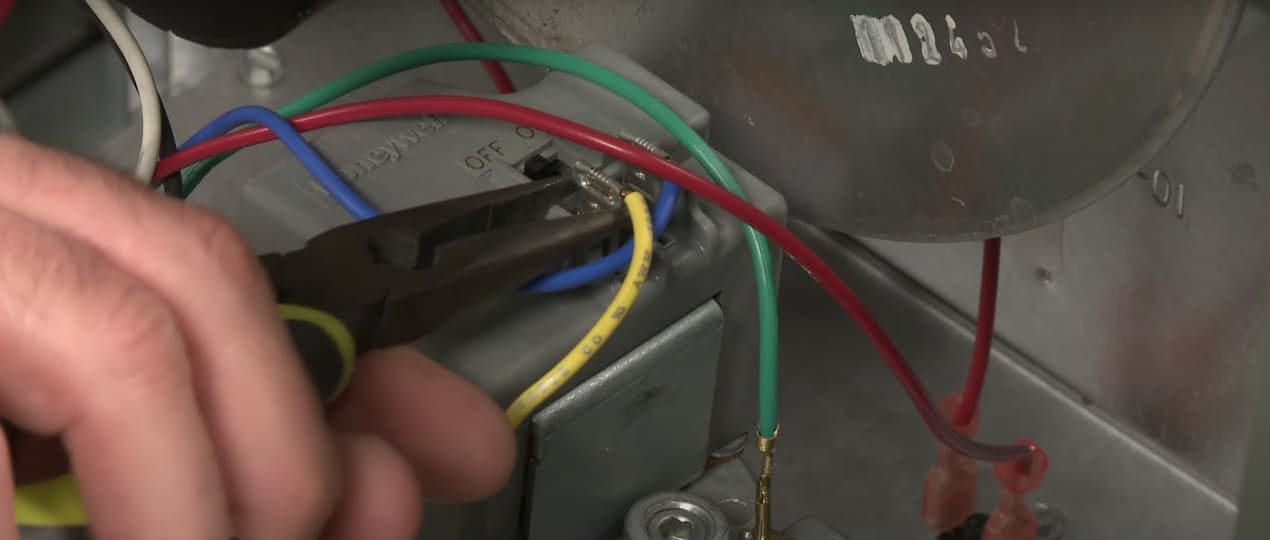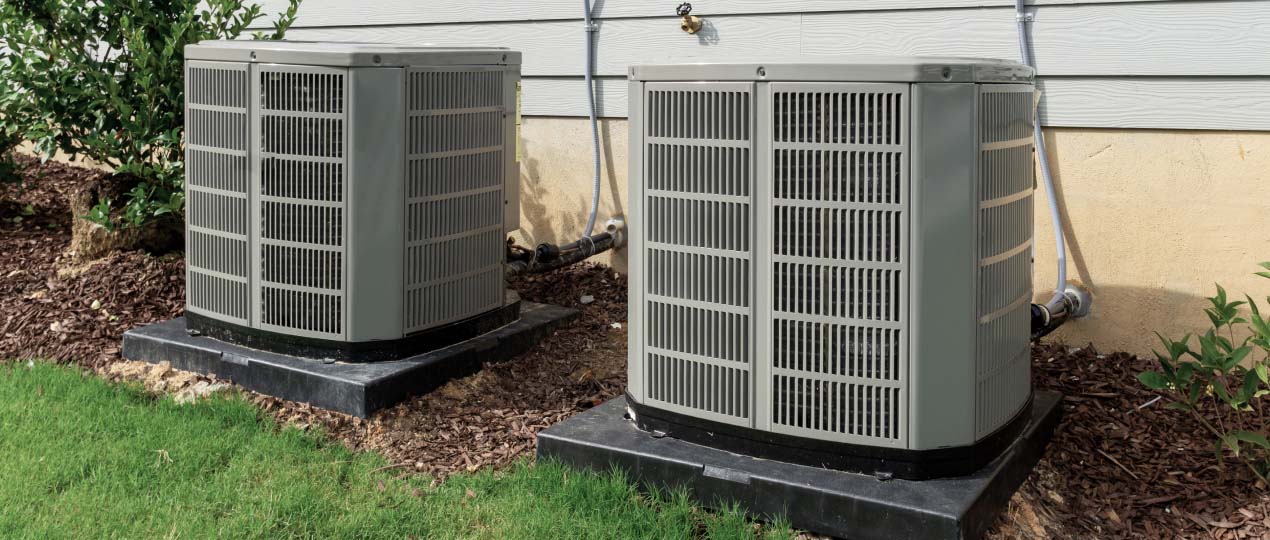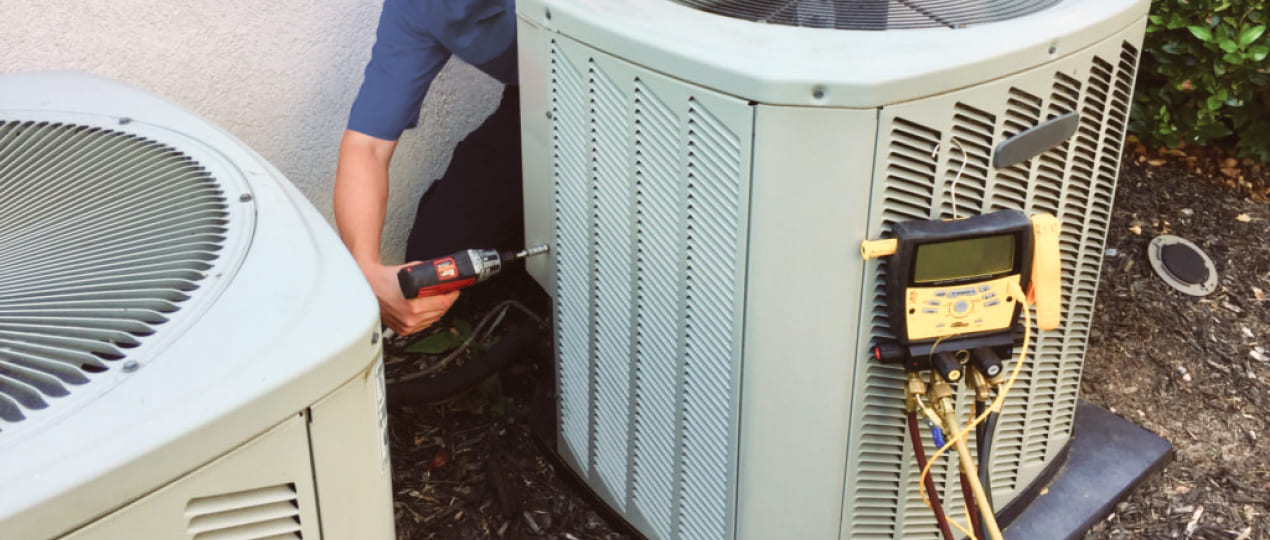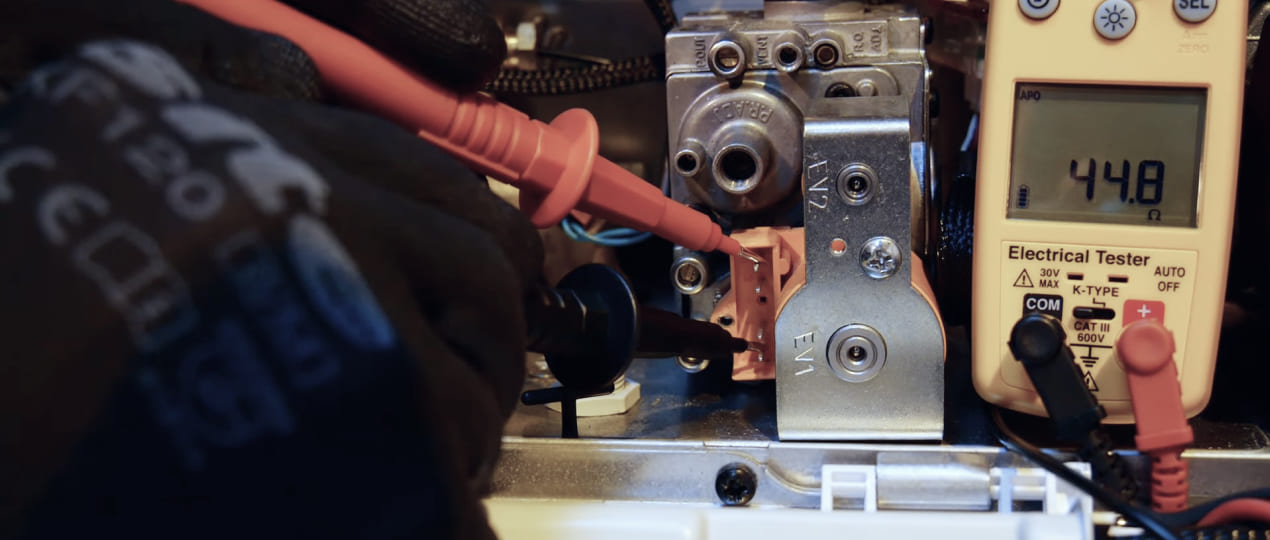
Maintaining the efficiency and safety of your boiler is paramount. The gas valve is a crucial component of your system, controlling the flow of gas to the burner. A malfunctioning or faulty boiler gas valve can lead to serious issues, including the inability to heat your home or, in extreme cases, a dangerous gas leak. In this guide, we’ll walk you through the function of this boiler part, common problems that arise, how to test it, and how to replace it if necessary. Let’s dive in!
How does a boiler gas valve work?
To understand why your boiler’s gas valve might fail, it’s essential to first know what it does and how it works.
The gas valve controls the flow of natural gas or propane to the boiler’s burner. It is typically an electrically operated device that opens and closes to regulate the amount of gas that enters the combustion chamber. The valve is connected to a variety of other components, including the thermostat, pressure switches, and ignition system. When your thermostat calls for heat, it sends a signal to the gas valve to open, allowing gas to flow to the burner. Once the gas is ignited, it produces heat, which is then transferred to your home.
In modern boilers, the gas valve is typically a modulating valve, meaning it can adjust the flow of gas depending on the heating demand. This allows the unit to operate more efficiently by providing just the right amount of heat as needed.
The most common boiler gas valve problems
Over time, the gas valve in your boiler may begin to malfunction, leading to issues with your heating system. Here are some common boiler gas valve problems:
- No gas flow One of the most obvious signs that the part is broken is that no gas is reaching the burner. This may be due to a blockage, electrical failure, or a broken component inside the valve.
- Erratic flame behavior if the gas valve is not opening or closing properly, it can cause the burner flame to fluctuate. A flickering or unstable flame can affect the boiler’s efficiency and may lead to incomplete combustion.
- Boiler fails to ignite A common symptom of a faulty gas valve is that the boiler fails to ignite when called upon. If there is no signal from the thermostat, the valve may not open, preventing the ignition of the burner.
- Gas leaks This is the most dangerous issue that can occur. A defective valve may allow gas to leak into the combustion chamber or even into the room. If you smell gas or hear a hissing sound near the boiler, immediately shut off the gas supply and contact a qualified technician.
- Broken valve controls Sometimes, the issue isn’t the valve itself but the electronic controls or connections that send signals to it. Corroded or damaged wiring can prevent the valve from operating correctly, causing the boiler to malfunction.
How to test a gas valve on a boiler?
Testing a boiler gas valve is a job that requires care, experience, and the right tools. If you suspect that this part is malfunctioning, follow these steps to properly test it. However, it’s important to remember that gas systems can be dangerous, and if you are not confident in your abilities, it’s best to call a professional.
Step 1: Ensure safety
Before you start, always prioritize safety. Shut off the gas supply to the boiler. This is usually done by turning the gas supply valve to the “off” position. Additionally, turn off the power to the unit to avoid any electrical hazards while working on the system. Wear protective gloves and goggles as needed.
Step 2: Inspect the gas valve
Physically inspect the gas valve for signs of wear and damage. Check for any leaks around the valve body. You can apply a small amount of soapy water to the valve and look for bubbles, which would indicate a leak. If you notice any signs of a gas leak, do not attempt to repair the valve yourself. Instead, evacuate the area and call a professional immediately.
Step 3: Check the voltage and continuity
Using a multimeter, you can test the electrical connections to the gas valve. Set your multimeter to the appropriate voltage setting and check if the electrical signal is being sent to the valve when the thermostat calls for heat. You should see a voltage reading (typically 24 volts AC in most modern boilers). If the valve isn’t receiving the correct voltage, it may be an issue with the control board or wiring.
Next, test the continuity of the valve’s internal components. With the multimeter set to continuity mode, touch the probes to the terminals on the valve. If there’s continuity, the valve is receiving the necessary electrical signal to operate. No continuity could indicate a defective valve that needs replacement.
Step 4: Test the solenoid valve
The solenoid is a crucial part of the gas valve mechanism. It is responsible for opening and closing the valve based on the electrical signals it receives. To test the solenoid, first ensure that the gas valve is getting power. Then, use your multimeter to measure the resistance across the solenoid terminals. If the reading is out of range (usually between 1 to 2 ohms for most solenoids), the solenoid is likely faulty and the valve will need to be replaced.
Step 5: Check the gas pressure
Finally, you’ll need to check the gas pressure to ensure that it matches the manufacturer’s specifications for your boiler. This involves connecting a manometer (a device used to measure gas pressure) to the gas line and taking a reading. If the pressure is too low, it could indicate a problem with the gas supply. Similarly, high pressure could mean the valve is not regulating the flow correctly.
Step 6: Reset the system
Once you’ve completed the tests, reset the system by turning it back on and running it through a cycle to observe if the gas valve is functioning properly. Check for normal flame behavior, stability, and operation of the burner.
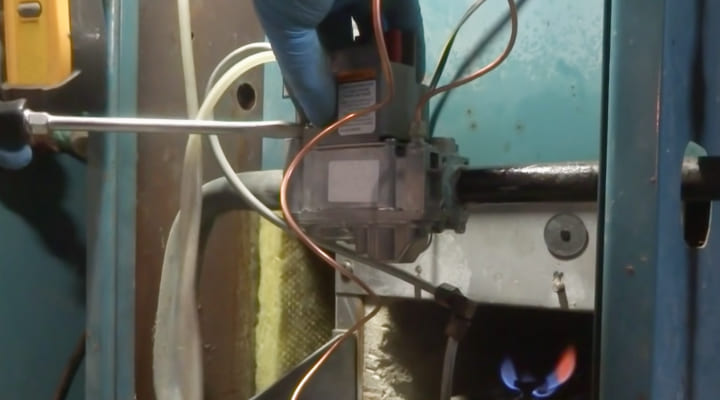
How much does it cost to replace a gas valve on a boiler?
It’s essential to understand the elements that influence the price of this service so you can make an informed decision. Here’s a breakdown of the factors that influence the cost to replace gas valve on a boiler:
- Type of your boiler The type of unit you have plays a significant role in the cost. For instance, a combi boiler may require a different valve than a conventional or system boiler. High-efficiency boilers may also have more complex internal components, including specialized valves, which could increase the cost. The specific model and manufacturer also impact the price.
- Brand and quality of the part Gas valves come in a range of brands and qualities. OEM (Original Equipment Manufacturer) parts are typically more expensive but are specifically designed to fit your boiler model. Aftermarket parts, which are produced by third-party manufacturers, can be less expensive but might not always provide the same level of reliability or longevity.
- Labor costs The cost of labor is another important factor to consider. HVAC technicians typically charge about $150 per hour, depending on their experience the complexity of the job. Additionally, if you need to replace the valve outside of normal business hours, you may incur additional charges for emergency services or after-hours work.
Why you should leave a boiler gas valve replacement to the pros?
Boiler gas valve replacement is a complex and time-consuming task that requires specialized knowledge and tools. If you are not familiar with gas systems or electrical components, it’s strongly recommended that you contact a professional technician to handle the job. Here’s why:
- Safety risks Working with gas appliances is inherently dangerous. A mistake could lead to gas leaks, fires, or even explosions.
- Specialized knowledge Gas valves are components that require a deep understanding of boiler systems. Without the right expertise, you could misdiagnose the problem or install the new valve incorrectly.
- Time and effort Replacing a gas valve is a labor-intensive process that can take hours, even for experienced technicians.
- Warranty concerns DIY repairs can void your boiler’s warranty. Professional service ensures your warranty remains intact.
At Superior HVAC Service, we have the tools, training, and experience to handle boiler gas valve troubleshooting safely and efficiently. Our team will diagnose the issue, recommend the best solution, and get your boiler back up and running in no time.
Don’t risk your safety or the efficiency of your heating system – call us today for expert service you can trust!
We’ll provide a comprehensive service that quickly and professionally solves your HVAC problems.
Order the best specialist in Canada Now (866) 545-6460
REFERENCES
Skiles, D. (2014). Improve the Performance of Your Boiler System. Chemical Engineering Progress, 11, 31. https://fscarbonmanagement.org/sites/default/files/cep/20141031.pdf

